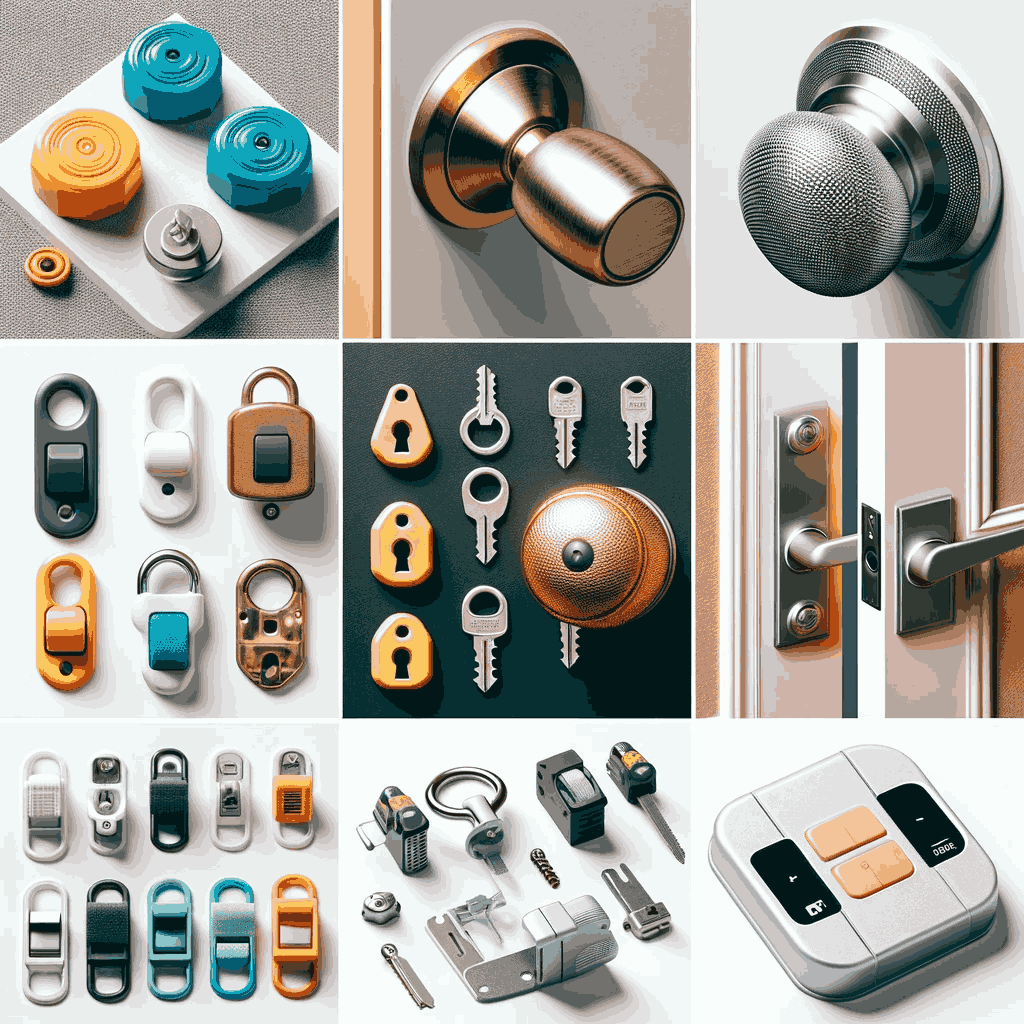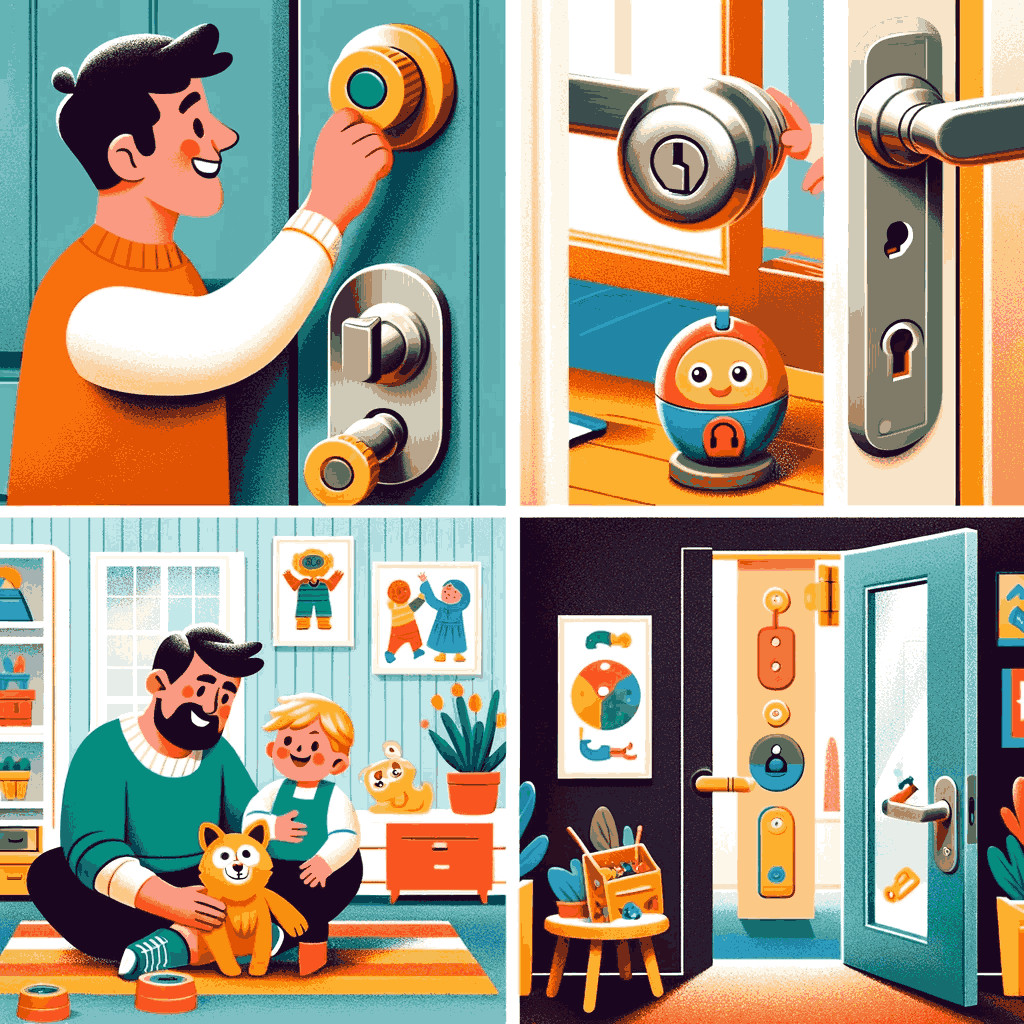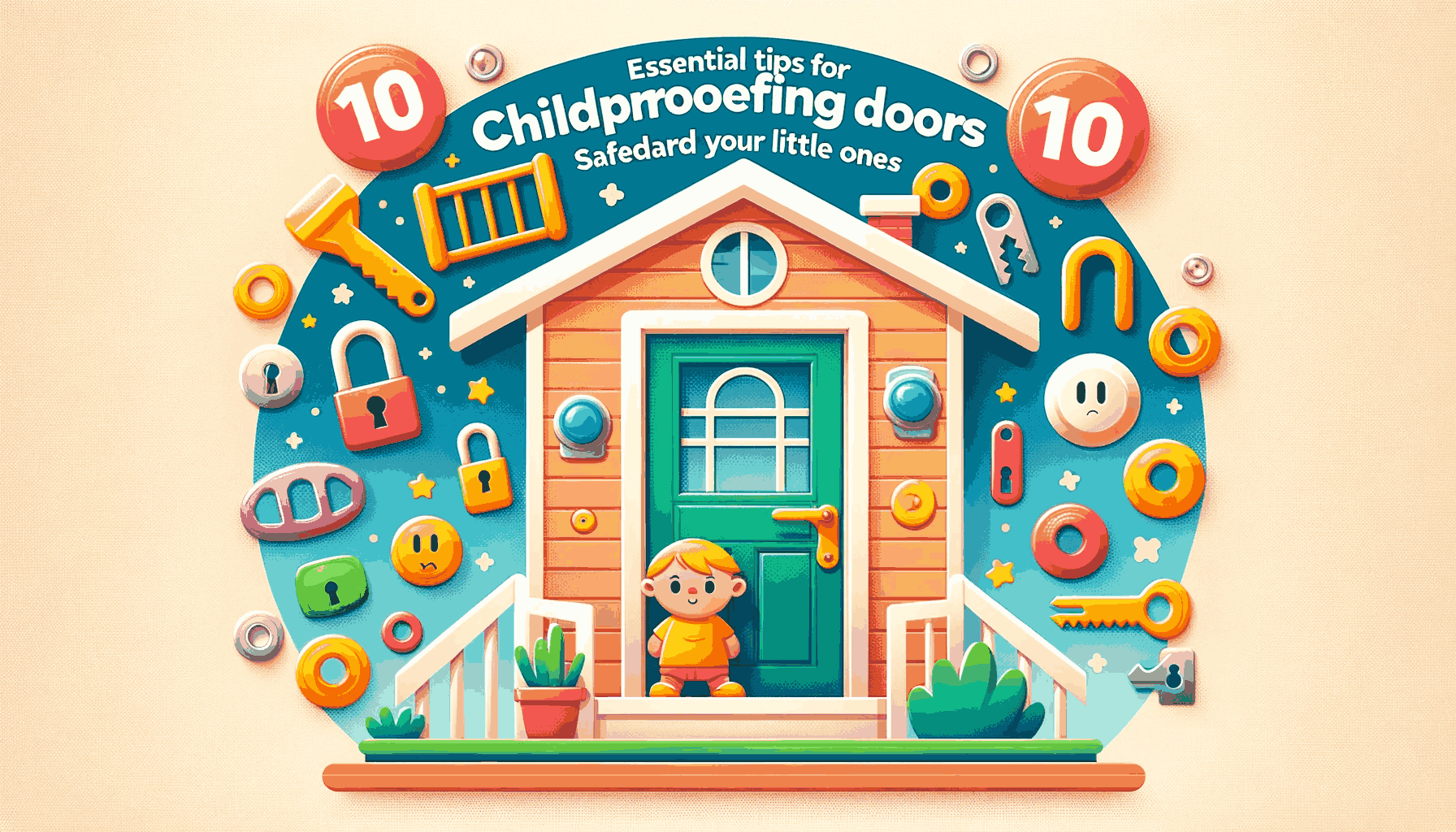Putting Childproofing Doors on look is crucial to making a safe house for young children. Children’s natural curiosity typically drives them to explore every corner of their environment as they get older and more mobile. Because they can swing open and closed, doors pose several risks for young children, such as the possibility of finger entrapment, unintentional lock-ins, and article to dangerous regions. In this extensive guide, we will explore the significance of childproofing doors, look at the different kinds of door safety measures, and offer step-by-step directions and advice to ensure your doors are secure for your children.
Recognizing the Hazards
Before looking for remedies, it’s essential to understand the possible risks doors pose to youngsters. The three main concerns that pose a severe threat to a child’s safety and well-being are finger entrapment, inadvertent lock-ins, and access to dangerous regions:
Finger Entrapment: A dangerous situation that calls for precautions since a child’s fingertips could get seriously hurt if they get stuck in the hinges or the space between the door and frame when it closes.
Accidental Lock-Ins Happen: When inquisitive toddlers wander into a room and unintentionally lock themselves inside. This can cause worry, discomfort, and injury, emphasizing the importance of proactive childproofing.
Doors can Provide: Access to dangerous places like restrooms, kitchens, or staircases, putting unattended children at severe risk and highlighting the significance of thoughtful childproofing techniques.
Assessing Your Needs
Childproofing door needs differ significantly among households. When planning, consider factors like the age and mobility of your children, the types of doors in your home, and the house’s layout. Tailoring your approach to these aspects ensures a safer, more customized environment suited to your family’s unique needs and living space:
Age and mobility: Children greatly influence childproofing requirements. Younger, crawling babies require different safety measures than more mobile, walking toddlers, necessitating a tailored approach to safeguard their evolving exploration stages effectively.
The Type of Doors: Your home significantly impacts the childproofing method. Standard, sliding, and folding doors present unique challenges and require specific safety devices and strategies to ensure they are effectively secured against curious little hands.
House layout: Particularly open-plan designs versus more compartmentalized spaces dramatically influence the type and extent of childproofing solutions required to ensure comprehensive safety throughout the home.
Types of Childproofing Devices

A range of devices exists to minimize door-related dangers, such as knob covers, finger pinch guards, sliding locks, and alarms. Each tool is crucial in bolstering safety by hindering unsupervised access, shielding against finger entrapment, and notifying adults of door movements, collectively ensuring a safer environment for children:
Door Knob Covers: Are designed to thwart children from opening doors while ensuring adults can access them easily, providing a simple yet effective solution to maintain safety and accessibility.
Finger Pinch Guards: These are foam or rubber door attachments designed to prevent complete closure, safeguarding little fingers from painful pinching by creating a safe gap.
Sliding Door Locks: These are specialized mechanisms designed to secure sliding doors, effectively preventing unauthorized opening and ensuring the safety of children by restricting access to hazardous areas.
Door Top Locks: Mounted high out of children’s reach, effectively prevent doors from being opened from either side, offering a robust barrier against unauthorized access and enhancing overall child safety.
Door Alarms: Serve as crucial alerts when a door opens, particularly valuable for exterior entries or areas posing dangers, enhancing vigilance and providing timely notifications for immediate action.
Step-by-Step Childproofing Doors Guide

Standard Doors
Select Door Knob Covers: Compatible with your specific doorknobs. Ensure they’re tough for kids to manipulate but remain easily operable by adults, providing a balance between child safety and adult convenience.
Install Finger Pinch Guards On the door’s closing side to stop it from closing completely, providing a simple yet effective measure to protect children’s fingers from getting pinched.
Consider a Door Top: Lock for enhanced safety, especially for doors accessing potentially dangerous areas. This additional security measure ensures risky zones remain inaccessible to curious children, offering peace of mind.:
Sliding Doors
Install Various Sliding Door Locks: Like bar or loop locks, strategically placed high and out of children’s reach, ensuring they prevent unauthorized access while maintaining adult accessibility.
Incorporate Door Alarms: As an extra security layer, installing devices that alert you immediately upon door opening enhances your awareness and response to potential child safety breaches.
Tips for Effective Childproofing Doors

Regular checks are vital in Childproofing doors: Periodically inspect each device to confirm it’s functioning correctly. This proactive approach ensures ongoing safety and maintains the effectiveness of your childproofing measures, keeping your little ones secure:
Educating all Caregivers is Crucial: Ensure everyone in the household knows how to operate safety devices correctly, fostering a consistently secure environment for your child.
While Securing Doors is Crucial: Balance it with emergency preparedness. Ensure adults can swiftly remove safety devices in emergencies, blending security with essential quick-access capabilities.
Advanced Considerations
As technology evolves, Childproofing doors also advance. Modern parents can opt for remote smart locks, offering convenience and enhanced security. Additionally, door alarms that send notifications to your phone provide real-time alerts, ensuring immediate awareness. These innovative solutions increase safety and offer greater peace of mind in safeguarding your little ones.
Conclusion
Childproofing doors is crucial in creating a safe home environment for young children. By understanding the risks, assessing your specific needs, choosing suitable devices, and following through with proper installation and maintenance, you can significantly reduce the dangers doors pose to your little ones. Remember, while no safety device can replace close supervision, these steps can protect your curious and mobile children.

